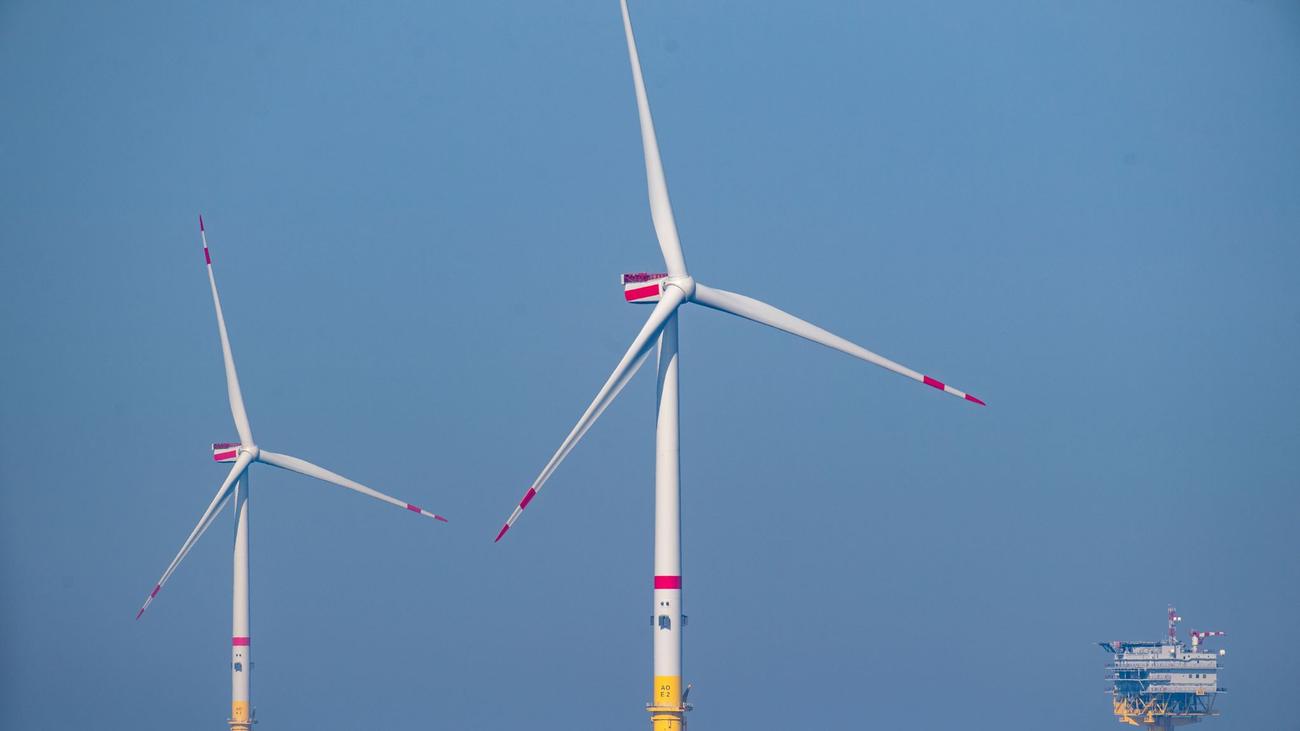
Offshore Wind Energy Expansion in the North and Baltic Seas
In the quest to harness the abundant renewable energy potential of the North and Baltic Seas, Germany has embarked on an ambitious plan to multiply the installed capacity of offshore wind turbines by at least 70 gigawatts (GW) over the next two decades. To facilitate this ambitious goal, the Federal Maritime and Hydrographic Agency (BSH) has partnered with the German Weather Service (DWD) to launch a multi-year measurement campaign.
Measuring Wind and Ocean Conditions in the German Exclusive Economic Zone (EEZ)
The primary objective of this campaign is to gather comprehensive data on wind and ocean conditions in an area approximately 280 kilometers off the coast of the German North Sea. These meteorological and oceanographic measurements will provide valuable insights for investigating and evaluating potential wind farm sites on the edge of Germany’s EEZ, as communicated by the BSH.
The Wind Energy at Sea Act outlines ambitious expansion targets, necessitating the construction of wind farms up to 350 kilometers from the German North Sea coast. However, data on the prevailing wind and ocean conditions in these remote areas has been scarce. The "Meteorological and Oceanographic Reference Measurements" campaign, with a duration of at least three years, aims to bridge this knowledge gap.
Data Collection by Fugro Norway
Fugro Norway, a leading provider of offshore data acquisition services, has been tasked with collecting wind and ocean data in this previously unexplored region of the North Sea since mid-December 2024. Two measurement buoys have been installed and two measurement systems have been anchored to the seabed, forming a comprehensive data collection network.
The devices monitor a range of oceanographic parameters, including wave height, sea currents, temperature, salinity, pressure, and oxygen content. The measurement buoys utilize laser beams to measure wind speeds at heights of up to 250 meters, which aligns with the typical height range of offshore wind turbines.
Preliminary Measurements Indicate Promising Conditions
Initial measurements collected during storm events revealed wind speeds exceeding 90 kilometers per hour at a height of 160 meters and waves as high as 11 meters, as reported by DWD department head Thomas Möller.
Offshore Wind Energy Progress in Germany
As of the end of 2024, Germany had 1,639 operational offshore wind turbines with a combined capacity of approximately 9.2 GW. In the previous year, offshore wind energy generated a total of 25.7 terawatt-hours (TWh) of electricity, up from 23.5 TWh in the year prior. The share of offshore wind energy in Germany’s electricity generation reached 5.9% in 2024.
Comparison to Conventional Power Plants
For comparative purposes, one of Germany’s largest lignite-fired power plants in Boxberg, Saxony, has an installed capacity of 2,575 megawatts (MW), roughly equivalent to 2.6 GW. According to the operator, it generated around 12.2 TWh of electricity in 2023. The lower power output of wind turbines compared to their installed capacity arises from the intermittent nature of wind, which limits their ability to operate at their maximum capacity at all times.
